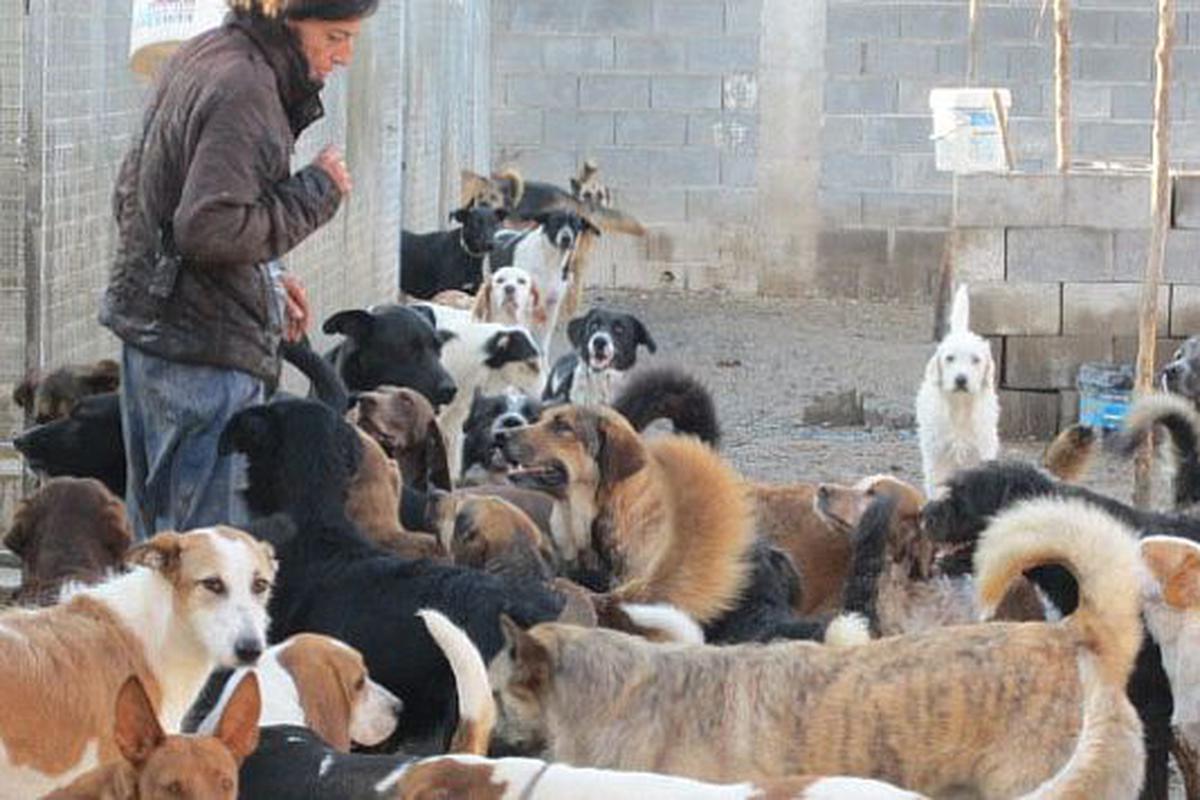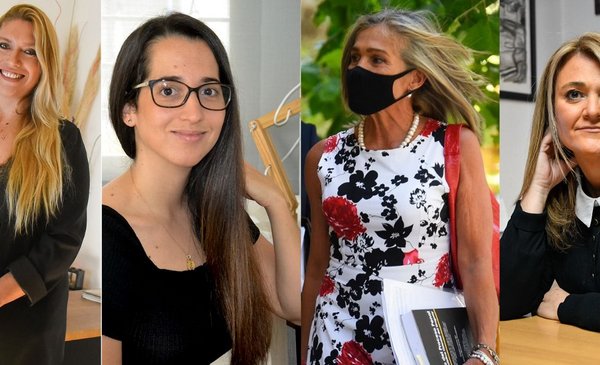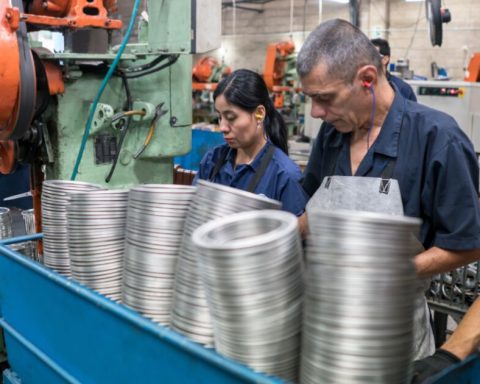The Noah’s syndrome It is a disease related to the excessive accumulation of animals. He is known for his relationship with the character in the Bible whose mission was to build a boat and save a couple of each species of animal.
In psychiatry it is called Animal Hoarding Disorder because people who suffer from it live with a large number of animals at home. This leads to pets living overcrowded, poorly cared for, malnourished or sick. Patients have their reality completely distorted and often deny that the animals are in terrible conditions.
People who suffer from Noah’s Syndrome they are capable of accumulating dozens and dozens of animalsthinking that they are doing good for them even though they can really cause serious damage.
Experts agree that the condition could be related to the Syndrome of diogenes (which is a disorder in which the person accumulates a very large amount of objects, waste and garbage in the house). In this case instead of accumulating garbage animals accumulate.
The animals that accumulate the most by statistics are the catsalthough there are also many cases of dogs and, to a lesser extent, exotic and wild animals.
Who suffers from it?
This pathology has been identified in people with intense feelings of loneliness, extreme insulation and absence of social and/or family ties. The coexistence of this syndrome with other mental disorders is common. These could explain this hoarding behavior as, for example, with obsessive-compulsive disorder (OCD), in which repetitive rituals are common to counteract the anxiety that is experienced.
Other common disorder associated is the psychotic, since there is an alteration of the perception of reality. People may be unable to notice that the animals it accumulates are in dire conditions.
On the other hand, this syndrome has been related to affective disordersin people who present extreme difficulties to socialize and establish affective and social ties.
When one of these cases is detected, the most important is to remove the animals of that space. The collaboration of animal protection entities may be essential even if it entails a significant economic cost.



















